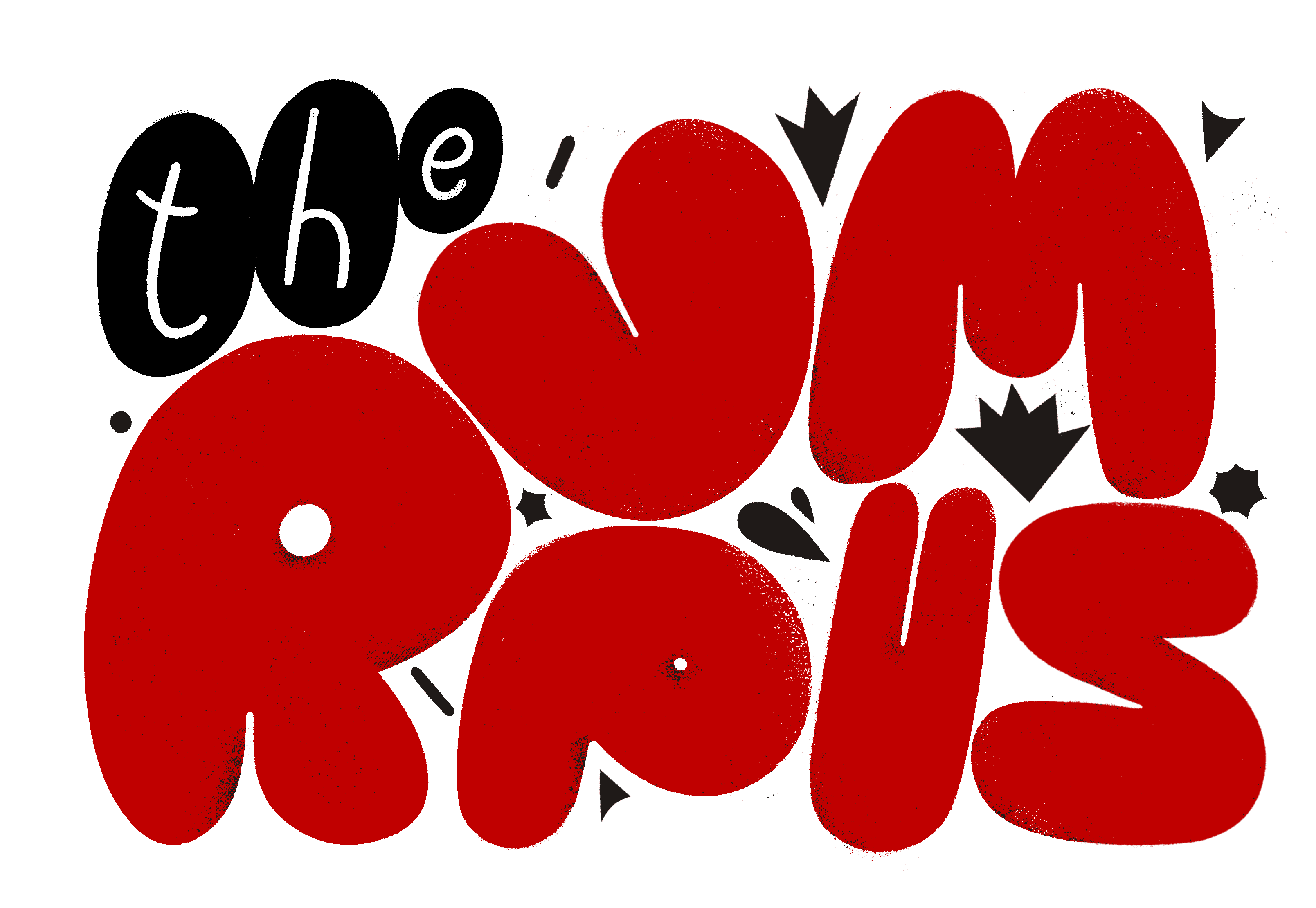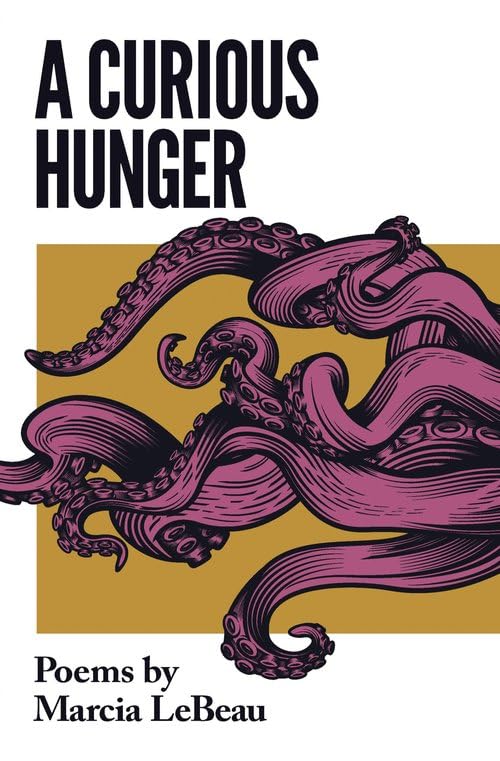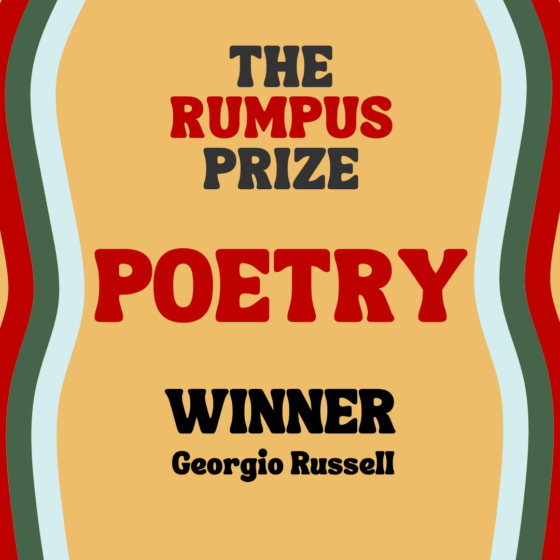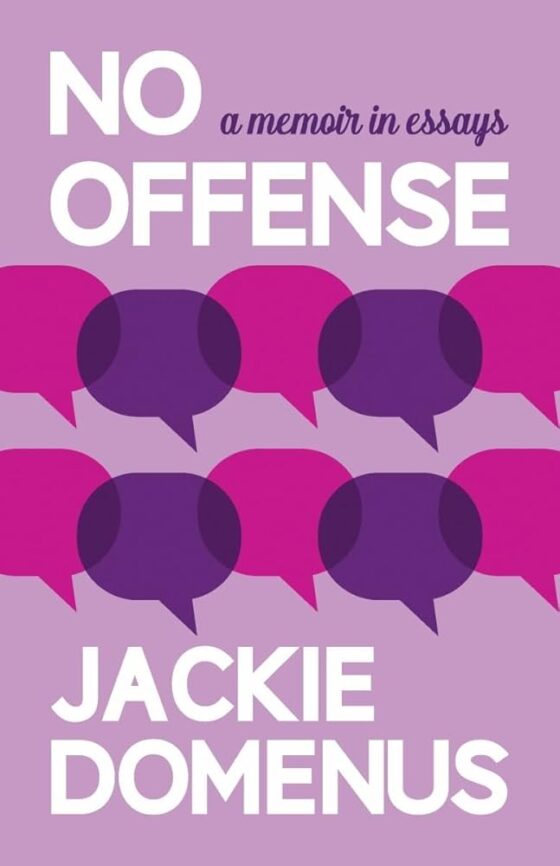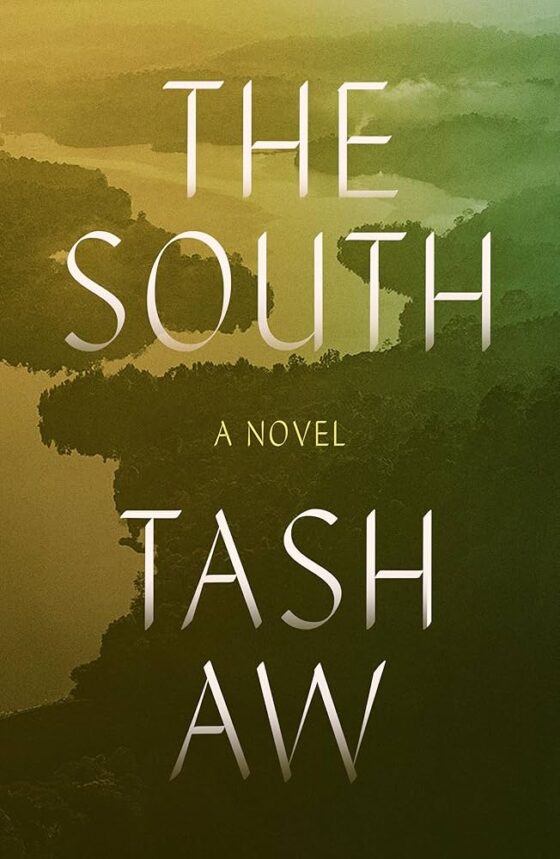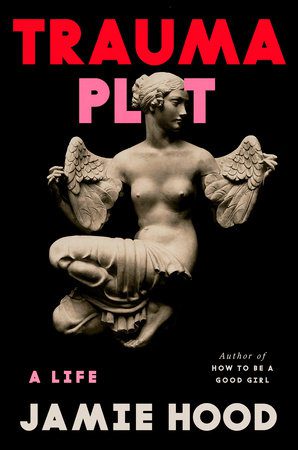
In the last section of Trauma Plot: A Life (Pantheon, March 2025), Jamie Hood talks to her therapist, Helen, over Zoom, describing a night at the bar where she used to work. The dealer who coordinated her gang rape comes in for drinks. Hood asks the new owners to ban him, like the old ones did. She writes, “I was told, in turn, that because the rape hadn’t happened on the premises, it wasn’t the business of the bar to deny the man who raped me entry.” One of the owners “began telling people [she] was crazy . . . and was a liar.” Unceremoniously, Hood loses her job. She discovers that her closest friends continue hanging out at the bar with him and his men, as the leader keeps assaulting people. “My friendship was totally inconsequential when weighed against a buy-one-get-one IPA at happy hour.” The owners treat rape like a personal problem or a zoning issue, and Hood’s community meets her need with stony ostracism. No matter the rationale, the ugly truth peels away: if rape is a problem of location, Hood’s body is still the site. But this world claims every woman’s body as its territory, especially transgender women. Hood writes a world that identifies rape culture, names its rapists, and ostracizes its survivors anyway. Convincing others is not the problem. The world doesn’t care. So why write a book about rape at all?
Trauma Plot enters 2025 alongside a nonstop revolving door of headlines cementing rape culture. Lila Shapiro reports the years of devastation surrounding Neil Gaiman. An NFL kicker announces he cannot and will not kick if women are watching him. A bevy of rushed political orders spray-wash the US in entrenched misogyny. We are drowning in reversals of justice. Trauma Plot could reiterate our brutal news cycle, but Hood changes the focus, favoring the craft of storytelling over questions of veracity. While admitting anxiety at being believable and living in fear of not having been the “perfect victim,” she has no interest in proving events. Rather, Hood wonders how to write rape and its aftermath when its very nature is fragmentation, a form that disqualifies it as a story. She writes, “Time was not itself. And a story outside time had no harmony of experience, no proper subject—it was plotless, in short. And what then.” While Trauma Plot is punctuated by three rapes throughout her adulthood, Hood identifies “the unexceptional quality of the violence [she] endured” among other survivors. She unveils sexual violence as a vast spiderweb, each string tugging on the next, both in her history and across community. The subtitle to Trauma Plot is A Life, suggesting that no narrative exists outside trauma anyway, that plot is trauma itself.
Trauma Plot is a fierce argument for the confessional and a kaleidoscopic self-interrogation after sexual violence. When Hood writes with deep self-awareness, treating her life as a necessary subject for investigation, she venerates every survivor’s story. Trauma Plot is not only sharp but so readable, I devoured it whole.In her introduction, Hood critiques the paranoid readings that followed A Little Life, while also joking, “how terrible it would be to realize you were the Jude of your friend group—until I remembered I was the Jude of several of my friend groups.” Trauma Plot splits Hood into four points of view across four sections, each turning her like a prism. If she laughs at the prevalence of A Little Life tote bags displaying “JUDE& JB& WILLEM& MALCOLM,” Trauma Plot also offers tote bag characters in the form of “She” and “I” and “You” and “We.” (Though arguably, they’re still all Jude.) Half-in and outside herself, she captures the disorientation of dissociation while attempting to live a dizzy life teaching, drinking, reading, fucking, and working. In the first section, Hood writes a single day in the life of graduate student Jamie, leading up to a party in Boston in October 2012, riffing on Mrs. Dalloway. She comes to consciousness in her kitchen, oven on and her apartment empty, except for a David Lynchian Specter lurking the halls. In February 2013, Hood shifts to first-person, contextualizing sexual violence among local violences, the Boston Marathon bombing and a triple-murder in the suburbs. In the third section, Hood mirrors herself, an “I” speaking to a “you” living in Brooklyn, anticipating future violence. Helen arrives as a listening board in the final section, ballast for Hood’s narration of her gang rape. Helen proves steady as a metronome, returning to the clock at the end of their sessions with a dutiful, “I’m mindful of our time,” as if tethering Hood to linearity, so she might roam free otherwise.
As a fellow survivor, I read Hood’s book with relief. She writes like Woolf, if Woolf was your barhopping friend from grad school, acerbic and sensitive in equal measure. But reviewing Trauma Plot brings me to a similar shore as Hood, questioning the futility of writing for a world with a deranged sense of justice, or perhaps none at all. In her 1939 essay “A Sketch of the Past,” Woolf writes, “It is only by putting it into words that I make it whole; this wholeness means that it has lost its power to hurt me; it gives me, perhaps because by doing so I take away the pain, a great delight to put the severed parts together. Perhaps this is the strongest pleasure known to me.” Hood’s selves speak to each other with care and meticulous attention, like a scientist examining every angle of a specimen, inside and out. In other words, Hood welds herself together through every angle of language. Despite the four-part structure, she cannot help but return to the first person when writing on sexual violence. Hood might resist any claim to wholeness, but Trauma Plot severs perspectives, then reassembles them again in a shape that feels, if not whole, then fully awake to its edges. The writer runs her fingers along every seam.
In a Rumpus interview on her 2020 debut how to be a good girl, Hood says, “To have been subjected to sexual violence traffics in these same qualms around a woman’s goodness—what was she wearing, how many drinks did she have, did she simply regret a bad hookup, so on and so forth—that is, is the experience of being raped itself positioned by patriarchal discourses as reflective of the moral quality of the woman who survives it, and how does that story congeal in a social and narrative context.” Hood self-labels herself Rape Girl, often imagining herself a homing beacon to rapists, attempting to account for the barrage of sexual violence throughout her history. She deploys the language of rape culture, stepping to the side of herself as an “I” addressing a “you,” asking, “Do I thrust on your experience a traumatic significance that wasn’t there?” Hood shows description itself to be inescapably violent, even—and maybe especially when—the writer must describe her own life. Hood digs at herself with deep care, as Jamie digs at her cuticles throughout the first section, wounds open to the world. Trauma Plot instructs us that the path of survival hinges on whether or not you are ashamed of the blood.
Fellow graduate student Allan disregards Hood’s “dear dead Woolf,” hassling her to read Joyce’s “notoriously filthy letters to his wife,” because they lift the veil to the realization that all humans are meat. (We’ve all met this cis guy.) He says, “We’re ineluctably violent, we kill and rape, we beat other human bodies to pulp.” Writing rape like sport is a privilege, when you are not the violated. Trauma Plot is a book of ineluctable violence by any account, though Hood’s concern is the effect, rather than sexual violence in itself. Allan deifies degradation. Hood names the same blood and cum, resisting edification, writing, “You know what my rapes taught me? To think of myself as worthless, as nothing, just meat.” She makes meaning despite the violence, not deeming violence with inherent worth. Hood writes, “Rape is the opposite of meaning.”
While Allan monologues about Philip Roth, Hood channels her ghostly Specter: “Jamie wished the Specter would interrupt the moment, that it would deign to fill her ears with cotton wool, or wrap Allan’s face in its fog, silencing him until they’d come to their stop.” If Woolf hopes to peer behind the cotton wool of an unrealized life, Hood argues that being swaddled in your shadow can be a relief. Her Specter is cotton wool manifest, a smudgy ghost lurking in every corner, much like Twin Peaks’s grimy BOB. But Hood refuses, “I would be no Laura Palmer.” Rape creates this nonbeing, manifest shame attached to a dissociated self. Hood notices her Specter with trepidation at first, then with affection, even love. Hood writes her Specter into being, reclaiming the ghost. Hood shows us that to write shame is to let go of it. Trauma Plot is a blueprint for gathering yourself together in the wake of sexual violence, including those parts pushed into the shadows.
In the introduction to Trauma Plot, Hood offers the Greek myth of Philomela, who is raped by her brother-in-law Tereus. Philomela says, “if I’m trapped in forests, / my voice will fill the forests—stones will know.” Tereus cuts out her tongue, and soon Philomela turns into a nightingale. Hood writes, “the female nightingale is mute in nature—only the male sings. In my 2016 diary, I wrote, ‘Ovid told the first rape joke!’” Before being transmuted into a bird, Philomela offers her story in the only way available to her. She learns to weave. In the aftermath of sexual violence, Hood writes thousands of pages, notebooks filled with hypergraphia. She says, “I became an oracle of my self, I wasn’t able to stop.” Hood leans into chaos as writing practice, noting “I allowed chaos, and not its tidying, to be the book . . . I had to let go of it: my desire for order, for control.” If her writing practice revolves around trusting herself, Hood also ends the book with the first-person plural, trust falling into dialogue with Helen. This “we” implies multiple collectives. Helen and Hood, speaking. Jamie and I and you, gathered together like friends on A Little Life tote bag. Solidarity with survivors beyond the page. Hood pulls the cotton wool from our eyes: the world may not care about our stories, but we can decenter the rapists as their authors. Trauma Plot is a refusal of the silence around sexual violence, a tapestry woven by bloody fingers. Why write about rape in a world devoid of justice? Hood asks how you could write about anything else. If our stories meant nothing, they wouldn’t have to cut out our tongues.
